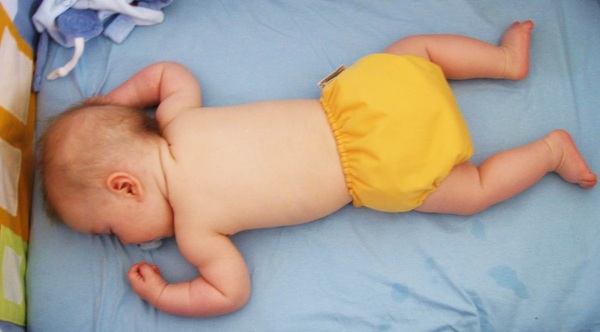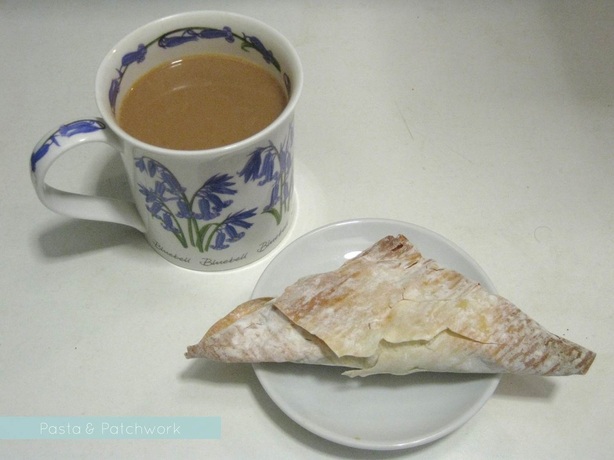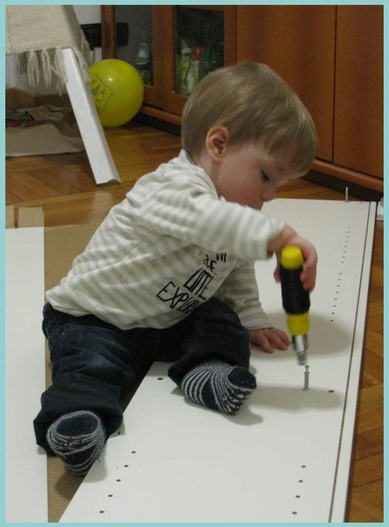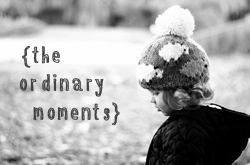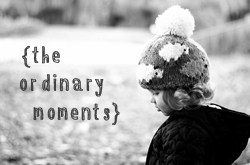It’s Real Nappy Week so the Reusable Nappy Association are running a whole host of great competitions at the moment.
We love cloth nappies, but this isn’t actually a very good time for writing about them because the washing machine is bollicksed. Oh the irony.
No matter! Assuming that it will be fixed soon and we will get the Bean back into his Bamboozles before too long, let me tell you why we are crackers for cloth.
1. It has saved us a pretty penny.
As long as you don’t get addicted to buying them (which, once you get into them, is very easy to do), cloth nappies work out much cheaper than disposables. Here comes the maths bit:
Amount spent on complete, almost-top-of-the-range reusable nappy system: £400
Cost of one-month supply of non-branded disposable nappies: £20
If we’re assuming that the Bean will be in nappies until he’s 2.5 years old (is this realistic?!)
Total amount spent on nappies in 2.5 years: £400
Total cost of 2.5-year supply of non-branded disposable nappies: £600
This doesn’t look like an enormous saving, until you take into account the fact that good, well-cared for cloth nappies can be used on two babies on average. So we’re looking at:
Cloth nappy cost for two babies: £400
Disposable nappy cost for two babies: £1200
And if you only have one baby, good nappies have a decent re-sell value. See? Saves you a packet.
2. They do the job better.
For creatures so small, pre-weaned babies have pretty seismic bowel habits. Whenever all the cloth nappies were in the wash and I had to put the Bean in a disposable, he’d inevitably do a pooh. And it would inevitably escape out of the nappy in spectacular fashion. I remember it running out of his trouser leg once.
With cloth nappies, this just does not happen because they cover more of baby’s bum. At the very worst, the pooh ends up out of the nappy but still inside the waterproof knickers.
Now that he’s weaned this is less of a problem, but I have yet to find a disposable that will see him through a 12-hour night. Again, not an issue with our super-absorbent, padded cloth nappies.
3. They have the goody-two-shoes factor.
As long as you don’t tumble-dry your nappies, they are more environmentally friendly than disposables. Don’t be misled by anyone who says that all the extra washing cancels out the environmental benefits. There is no extra washing because there are fewer accidents (see point 2)!
In addition, nothing can convince me that there’s anything worse than sending bags and bags of stinking, synthetic nappies to landfill. Biodegradable nappies end up in the same place, where they sit emitting more harmful methane, and compostable nappies can only be composted if your council lets you (ours doesn’t).
There is still some debate about exactly how much better cloth nappies are, but it is clear that they are better to an extent.
4. They're better for baby’s skin.
Disposable nappies are full of chemicals, to make them feel ‘dry’ against baby’s skin, to perfume them, to print patterns on them that change colour as they fill up, etc. etc.. Some of these chemicals have been proven to be harmful (such as sodium polyacrylate, which was banned from tampons). A baby’s skin is thought to be more sensitive than an adult’s, and yet as a society we seem to be quite happy to slap these substances on their bums.
With our cloth nappies, all the Bean has on his bottie is bamboo or cotton. The synthetic materials, such as microfibre and nylon, are mostly on the outside. He almost never gets nappy rash, which I do think is down to these kinder materials.
5. They’re really funky.
This is what gets me. What fuels my addiction. Look! This one has monkeys on it!
No matter! Assuming that it will be fixed soon and we will get the Bean back into his Bamboozles before too long, let me tell you why we are crackers for cloth.
1. It has saved us a pretty penny.
As long as you don’t get addicted to buying them (which, once you get into them, is very easy to do), cloth nappies work out much cheaper than disposables. Here comes the maths bit:
Amount spent on complete, almost-top-of-the-range reusable nappy system: £400
Cost of one-month supply of non-branded disposable nappies: £20
If we’re assuming that the Bean will be in nappies until he’s 2.5 years old (is this realistic?!)
Total amount spent on nappies in 2.5 years: £400
Total cost of 2.5-year supply of non-branded disposable nappies: £600
This doesn’t look like an enormous saving, until you take into account the fact that good, well-cared for cloth nappies can be used on two babies on average. So we’re looking at:
Cloth nappy cost for two babies: £400
Disposable nappy cost for two babies: £1200
And if you only have one baby, good nappies have a decent re-sell value. See? Saves you a packet.
2. They do the job better.
For creatures so small, pre-weaned babies have pretty seismic bowel habits. Whenever all the cloth nappies were in the wash and I had to put the Bean in a disposable, he’d inevitably do a pooh. And it would inevitably escape out of the nappy in spectacular fashion. I remember it running out of his trouser leg once.
With cloth nappies, this just does not happen because they cover more of baby’s bum. At the very worst, the pooh ends up out of the nappy but still inside the waterproof knickers.
Now that he’s weaned this is less of a problem, but I have yet to find a disposable that will see him through a 12-hour night. Again, not an issue with our super-absorbent, padded cloth nappies.
3. They have the goody-two-shoes factor.
As long as you don’t tumble-dry your nappies, they are more environmentally friendly than disposables. Don’t be misled by anyone who says that all the extra washing cancels out the environmental benefits. There is no extra washing because there are fewer accidents (see point 2)!
In addition, nothing can convince me that there’s anything worse than sending bags and bags of stinking, synthetic nappies to landfill. Biodegradable nappies end up in the same place, where they sit emitting more harmful methane, and compostable nappies can only be composted if your council lets you (ours doesn’t).
There is still some debate about exactly how much better cloth nappies are, but it is clear that they are better to an extent.
4. They're better for baby’s skin.
Disposable nappies are full of chemicals, to make them feel ‘dry’ against baby’s skin, to perfume them, to print patterns on them that change colour as they fill up, etc. etc.. Some of these chemicals have been proven to be harmful (such as sodium polyacrylate, which was banned from tampons). A baby’s skin is thought to be more sensitive than an adult’s, and yet as a society we seem to be quite happy to slap these substances on their bums.
With our cloth nappies, all the Bean has on his bottie is bamboo or cotton. The synthetic materials, such as microfibre and nylon, are mostly on the outside. He almost never gets nappy rash, which I do think is down to these kinder materials.
5. They’re really funky.
This is what gets me. What fuels my addiction. Look! This one has monkeys on it!
And that one is bright orange! In summer, they’re like insta-oufits.
The Bean is really into his animals, and will scoot across the bathroom floor to where his monkeys and owls are drying, squealing and hooting as he goes. Seriously. Now all that’s left to do is convince him that “funky nappy = changing time is brilliant!” (not working yet).
That’s why we love our cloth nappies. There are only two situations when having to wash rather than bin doesn’t work so well for us:
1. On holiday (mainly because they take up too much luggage space)
2. When the Bean has gastroenteritis (I’m sure I don’t have to elaborate)
And, since this week, I guess there is also a number three:
3. When the stupid washing machine has given up the ghost
That’s why we love our cloth nappies. There are only two situations when having to wash rather than bin doesn’t work so well for us:
1. On holiday (mainly because they take up too much luggage space)
2. When the Bean has gastroenteritis (I’m sure I don’t have to elaborate)
And, since this week, I guess there is also a number three:
3. When the stupid washing machine has given up the ghost


